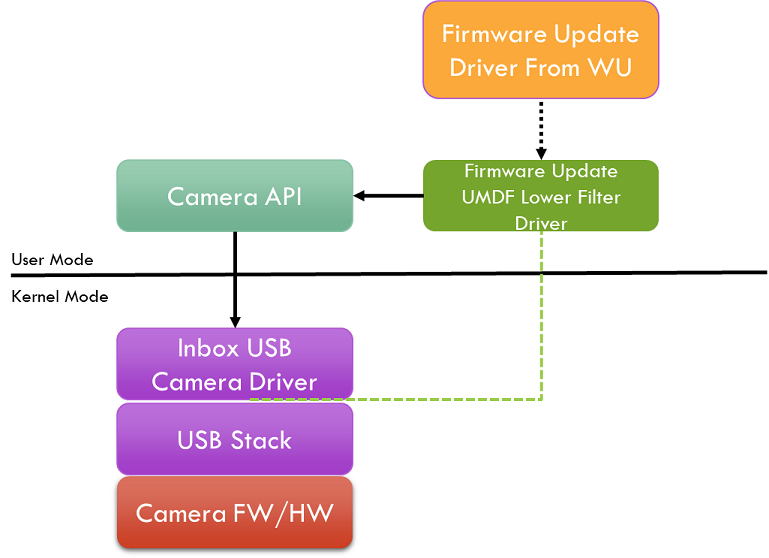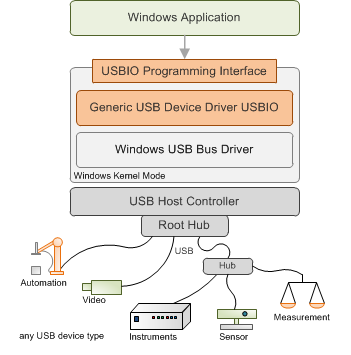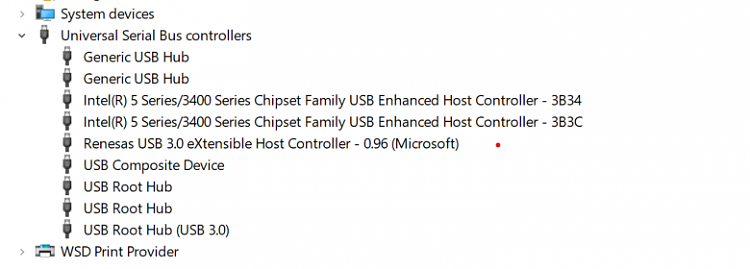Generic Provider USB Devices Driver
Intel Android device USB driver is a collection of drivers for managing Android devices powered by Intel Atom processors from the computer. The pack ensures that your operating system will recognize and interact with any Atom-based smartphone or tablet connect to the PC through a USB cable. Windows device driver information for Generic 5-in-1 USB Card Reader. Generic 5-in-1 USB Card Reader is a high performance multi-purpose card reader which enables easy, quick and safe transfer of files to the PC. The device has been designed with compatibility with quite a number of memory card formats. Generic- SM/xD-Picture USB Device - Driver Download. Vendor:. Product: Generic- SM/xD-Picture USB Device. Hardware Class: DiskDrive.
Info:
Model: Generic USB Audio DriversVendor: C-Media

Version: 8.1.8.2172
Operating system: Windows XP, Windows 7, Windows 8, Windows 10
Bits: 32-bit (x86), 64-bit (x64)
Driver Date: 2014-05-09
Size: 15.7 mb
Driver description
Download driver Generic USB Audio Drivers version 8.1.8.2172 for Windows XP, Windows 7, Windows 8, Windows 10 32-bit (x86), 64-bit (x64).File Name
Ironhead_win10_8.1.8.2172.zip - Auto install, Windows 10 (15.7 mb) v.8.1.8.2172
ironhead_8.0.8.2163.zip - Auto install, Windows XP/7/8 (46.5 mb) v.8.0.8.2163
USBHUB_UWB_CM6330_V5_12_8_2137.zip - Auto install, Windows XP (11.2 mb) v.5.12.8.2137
only_drv_Generic_USB_Audio.zip - manual install (7.4 mb) all versions
Generic Usb Device Driver
 -->
-->The USBSAMP sample demonstrates how to perform full speed, high speed, and SuperSpeed transfers to and from bulk and isochronous endpoints of a generic USB device. USBSAMP is based on the Kernel Mode Driver Framework (KMDF). Superspeed bulk and isochronous transfers only work when the Microsoft USB 3.0 stack is loaded.
The sample also contains a console test application that initiates bulk (including stream) and isochronous transfers and obtains data from the device's I/O endpoints. The application also demonstrates how to use GUID-based device names and pipe names generated by the operating system using the SetupDiXXX user-mode APIs.
For information about USB, see Universal Serial Bus (USB) Drivers.
Universal Windows Driver Compliant
This sample builds a Universal Windows Driver. It uses only APIs and DDIs that are included in OneCoreUAP.
Hardware requirements
The sample driver can be loaded as the function driver for any of these devices:
- OSR FX2 learning kit. You can get the kit from OSR Online. For more information, see the specification for the OSR USB FX-2 Learning Kit
- MUTT devices. To order those devices, see How to get MUTT devices.
- Intel 82930 USB test board.
If you have a different USB device, you can still use the driver by adding the device's hardware ID to the INX file. Note that the data transfer scenarios will work only with the endpoints supported by the device.
Set the configuration and platform in Visual Studio

In Visual Studio, in Solution Explorer, right click Solution 'usbsamp' (3 projects), and choose Configuration Manager. Set the configuration and the platform. Make sure that the configuration and platform are the same for both the driver project and the package project. Do not check the Deploy boxes.
Build the sample using Visual Studio
In Visual Studio, on the Build menu, choose Build Solution.
For more information about using Visual Studio to build a driver package, see Building a Driver with Visual Studio and the WDK.

Locate the built driver
In File Explorer, navigate to the folder that contains your built driver package. The location of this folder varies depending on what you set for configuration and platform. For example, if your settings are Debug and x64, the driver is in your solution folder under sysdriverDebugusbsamp.
The driver folder contains these files:
| File | Description |
|---|---|
| usbsamp.sys | The driver file |
| usbsamp.inf | An information (INF) file that contains information needed to install the driver. |
| kmdfsamples.cat | A signed catalog file, which serves as the signature for the entire package. |
Run the sample
The computer where you install the driver is called the target computer or the test computer. Typically this is a separate computer from where you develop and build the driver package. The computer where you develop and build the driver is called the host computer.
The process of moving the driver package to the target computer and installing the driver is called deploying the driver. You can deploy the USBSAMP sample automatically or manually.
Automatic deployment
Before you automatically deploy a driver, you must provision the target computer. For instructions, see Provision a computer for driver deployment and testing (WDK 10).
On the host computer, in Visual Studio, in Solution Explorer, right click package (lower case), and choose Properties. Navigate to Configuration Properties > Driver Install > Deployment.
Check Enable deployment, and check Remove previous driver versions before deployment. For Target Computer Name, select the name of a target computer that you provisioned previously. Select Install and Verify. Click OK.
On the Build menu, choose Deploy Package or Build Solution.
Manual deployment
Before you manually deploy a driver, you must turn on test signing and install a certificate on the target computer. You also need to copy the DevCon tool to the target computer. For instructions, see Preparing a Computer for Manual Driver Deployment.
Copy all of the files in your driver package to a folder on the target computer (for example, c:Usbsamp).
On the target computer, open a Command Prompt window as Administrator. Navigate to your driver package folder, and enter the following command:
devcon install usbsamp.inf USBVID_045E&PID_078F
View the device in Device Manager
On the target computer, in a Command Prompt window, enter devmgmt to open Device Manager. In Device Manager, on the View menu, choose Devices by type. In the device tree, locate the device. For example the device name might be WDF Sample for FX2 MUTT device under theSample Device node.
Build the sample using MSBuild
As an alternative to building the USBSAMP sample in Visual Studio, you can build it in a Visual Studio Command Prompt window. In Visual Studio, on the Tools menu, choose Visual Studio Command Prompt. In the Visual Studio Command Prompt window, navigate to the folder that has the solution file, Usbsamp.sln. Use the MSBuild command to build the solution. Here are some examples:

For more information about using MSBuild to build a driver package, see Building a Driver with Visual Studio and the WDK.
Testing the sample
The sample includes a test application, usbsamp.exe. This console application enumerates the interface registered by the driver and opens the device to send Read, Write, or DeviceIoControl requests based on the command line options. To test the sample,
In Visual Studio, choose Solution Explorer from the View menu. Locate the application project named usbsamp, under the Exe folder.
Right-click and choose Build. For example, if your settings are Debug and x64, the application executable is in your solution folder under the exeDebugusbsamp.exe.
Run the executable on the target machine.
Usb Generic Driver Download
To view all descriptors and endpoint information, use the following command.
usbsamp.exe -uYou can use the preceding command to view pipe numbers for read and write requests.
To send a Read-Write request, use the following command.
usbsamp.exe -r 1024 -w 1024 -c 100 -vThe preceding command first writes 1024 bytes of data to bulk out endpoint (pipe 1), then reads 1024 bytes from bulk in endpoint (pipe 0), and compares the read buffer with write buffer to see if they match. If the buffer contents match, it performs this operation 100 times.
To send Read-Write requests to bulk endpoints, use any of the following commands, simultaneously. If Read-Write requests are sent to a SuperSpeed bulk endpoint with streams, the sample driver always uses the first underlying stream associated with that endpoint. The driver is multi-thread safe so it can handle multiple requests at a time.
usbsamp.exe -r 65536The preceding command reads 65536 bytes from pipe 0.
usbsamp.exe -w 65536The preceding command writes 65536 bytes to pipe 1.
usbsamp.exe -r 65536 -i pipe02The preceding command reads 65536 bytes from pipe 2.
usbsamp.exe -w 65536 -o pipe03The preceding command writes 65536 bytes to pipe 3.
To send Read and Write requests to isochronous endpoints you can use one or more of these commands simultaneously.
usbsamp.exe -r 512 -i pipe04The preceding command reads 512 bytes from pipe 4.
usbsamp.exe -w 512 -o pipe05The preceding command writes 512 bytes to pipe 5.
usbsamp.exe -w 1024 -o pipe05 -r 1024 -i pipe04 -c 100 -vThe preceding command writes 1024 bytes to pipe 5, then reads 1024 bytes from pipe 4, and compares the buffers to see if they match. If the buffer contents match, it performs this operation 100 times.
To skip validation of the data to be read or written in a particular request, use the command with -x option as follows:
usbsamp.exe -r 1024 -w 1024 -c 100 -x